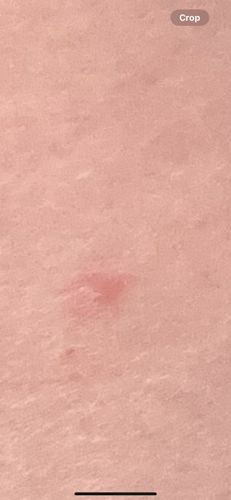Mosquito
Scientific Name: Culicidae
Order & Family: Diptera: Culicidae
Size: 3 mm - 10 mm (0.12 - 0.4 inches)

Natural Habitat
Mosquitoes are found worldwide in various habitats, especially near standing water where their larvae develop. This includes wetlands, forests, urban areas, and even small containers of water.
Diet & Feeding
Adult female mosquitoes feed on blood from humans and other animals (hematophagy) to obtain proteins for egg development. Male and female mosquitoes also feed on nectar and plant juices for sugars.
Behavior Patterns
Mosquitoes are most active during dawn and dusk (crepuscular), though some species are active during the day or night. Females bite to obtain blood meals, which can lead to itchy welts. They lay eggs in or near water sources. Larvae and pupae are aquatic.
Risks & Benefits
Potential Risks: Mosquitoes are significant vectors of various diseases, including malaria, dengue fever, Zika virus, West Nile virus, chikungunya, and yellow fever. Their bites can also cause localized itchy reactions. Potential Benefits: Mosquitoes serve as a food source for other animals like birds, bats, fish, and other insects. They also play a role in pollination, as adults feed on nectar.
Identified on: 9/4/2025